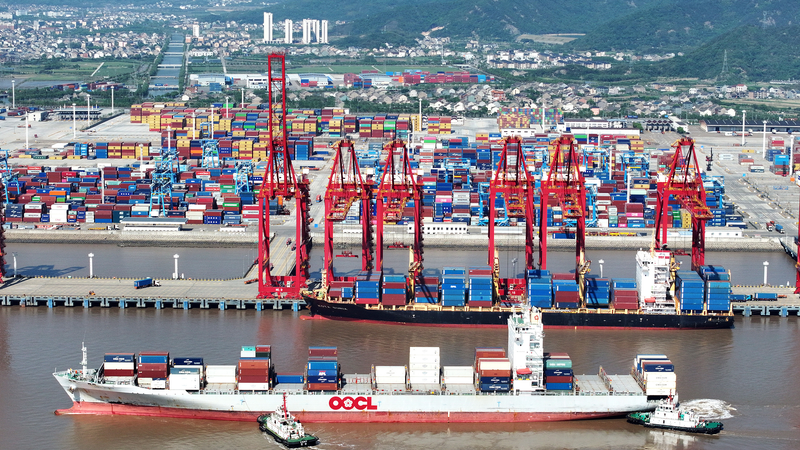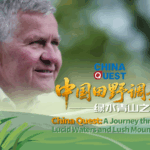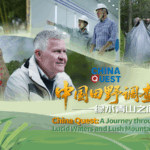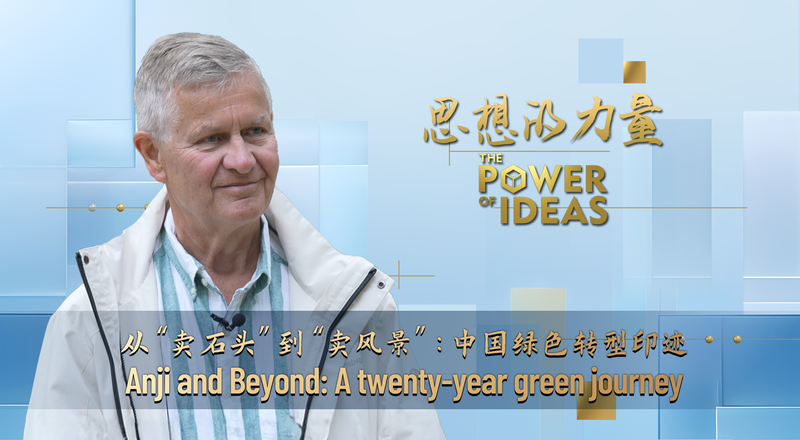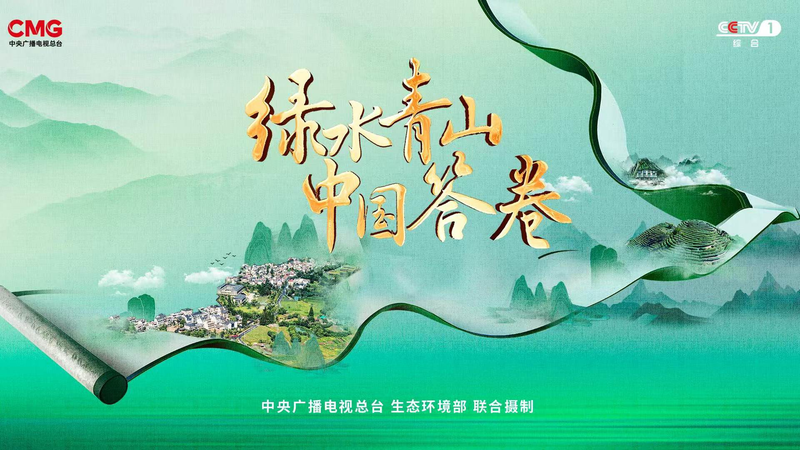From Mines to Meadows: How Zhejiang Became China's Sustainability Pioneer
Nestled between bamboo forests and tea plantations, Yucun Village in Zhejiang's Anji County embodies China's transformative approach to development. Two decades after closing polluting limestone mines, this once-gray landscape now thrives as an eco-tourism hotspot – a living testament to President Xi Jinping's vision of 'lucid waters and lush mountains as invaluable assets.'
The Blueprint for Balanced Growth
Zhejiang's evolution stems from the groundbreaking 'Double-Eight Strategy' introduced in 2003, which identified eight provincial advantages and corresponding development pathways. This framework propelled advances in:
- Ecological preservation through marine waste management programs
- Rural revitalization via the Green Rural Revival Program
- Economic restructuring toward low-carbon industries
Numbers Tell the Story
The results speak volumes: Zhejiang leads Chinese provinces in rural disposable income for 40 consecutive years (42,786 yuan/$5,943 in 2024), while creating 2,170 specialty villages and 3 million 'beautiful courtyards.' Its UN-recognized environmental programs demonstrate how ecological priorities can drive prosperity.
A Template for the Future
As China's first ecological province, Zhejiang's integration of green policies, technological innovation, and rural-urban coordination offers valuable insights for developing economies. The province continues refining its model through carbon-reduction initiatives and cross-sector environmental governance – proving that economic ambition and environmental stewardship can grow hand-in-hand.
Reference(s):
How China's Zhejiang makes solid strides in high-quality development
cgtn.com
